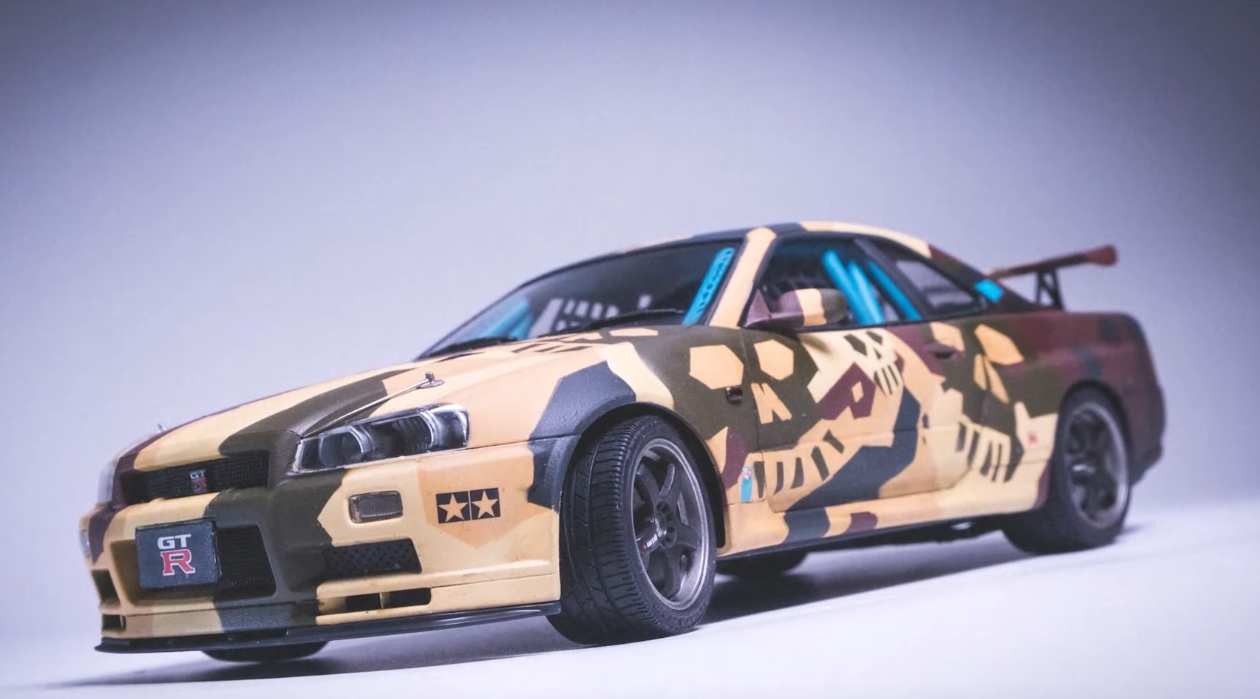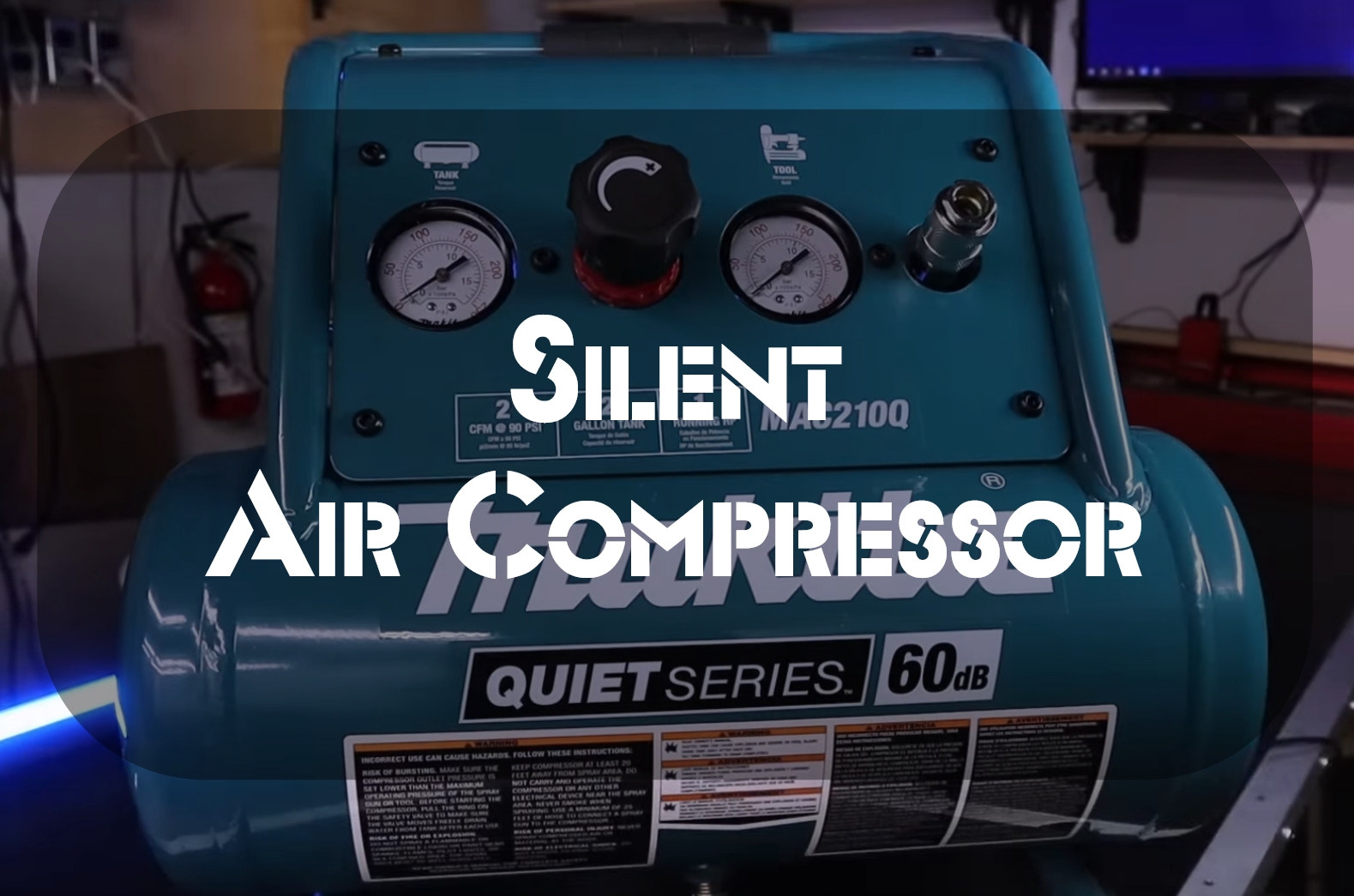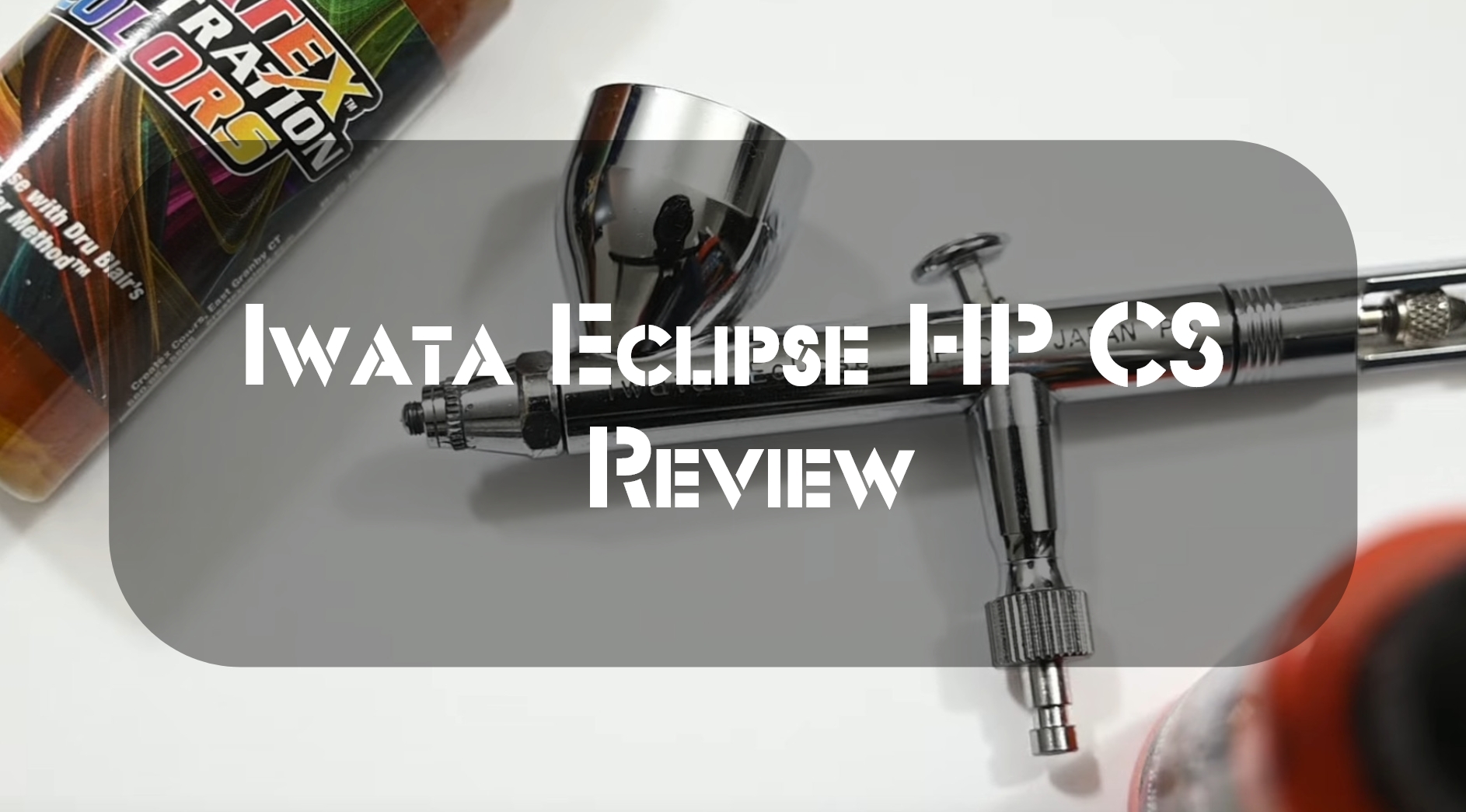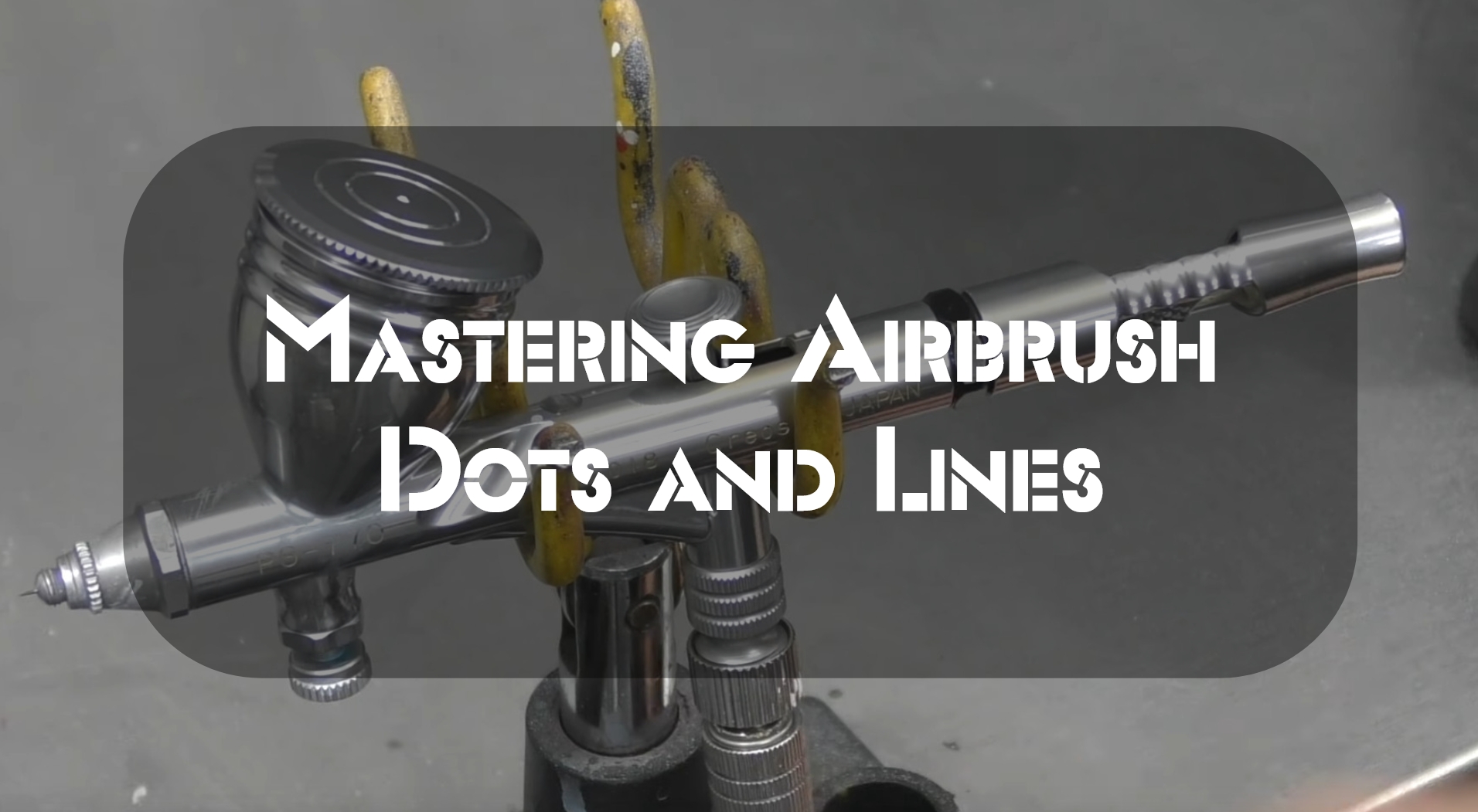As a seasoned scale modelist, I am pleased to share my expertise in the world of plastic modeling. This beginner’s guide will provide a comprehensive overview of the essentials to help make your hobby as fulfilling as possible.
From selecting the ideal scale model to assembling the kit and perfecting the finishing touches through painting, I will demonstrate how effortless the process can be. My passion for plastic modeling was reignited after I returned from Japan with my first 1/144 Zaku II and one last Gundam, and I can’t wait to delve back into the creative world of modeling.
Some Useful Tools
With years of experience in plastic modeling, I have come to realize that the tools you use can greatly impact the final outcome of your model. While I highly recommend using specific tools, it’s also important to be inventive and think outside the box. I often come up with unique solutions, such as using cotton swabs or homemade materials like wire, to create intricate details in my models. When working on a project, always consider what tool will work best and don’t be afraid to improvise in order to achieve your desired results.
Here’s a comparative table of the uses for each of the tools:
| Tool | Usage |
|---|---|
| Sandpaper & Emory Boards | Smoothing and shaping surfaces |
| Dental Pick | Removing small particles and details |
| Micro Files | Filing small and intricate parts |
| Side Cutters | Cutting small parts from sprues |
| Magnifying Glass | Close examination of small details |
| Deburring Tool (Red Handle) | Removing rough edges and burrs |
| Hobby Knife (Yellow Handle) | Cutting and carving materials |
| Needle Nose Pliers (Orange Handle) | Handling small parts |
| Awl | Making small holes and markings |
| Scissors | Cutting materials and paper |
| Parts Holder with Magnifying Glass and Model Cement | Holding and examining parts during assembly |
| Rubber Bands/Clothespins | Securing and holding parts during assembly |
This list of essential tools will help you start building models with precision and accuracy.
Essential Supplies and Equipment for Plastic Modeling:
| Item | Description |
|---|---|
| Putty | Essential for smoothing and shaping the surface of the model |
| Thinning Agent | Helps to dilute paint for a smoother application |
| Decal Set | Makes it easier to apply decals and prevents peeling |
| Glue | Available in different consistencies for a variety of bonding needs |
| Panel Accent | Fills in panel gaps for a more realistic appearance |
| Surface Primer | A crucial step in the painting process, helps the paint adhere better |
| Paint | Choose the required color and type based on the guide provided |
| Tweezers | Useful for handling small parts and intricate details |
| Nipper | Helps to cut parts from the sprue |
| Paint Mixers | Mixes the paint to the desired consistency |
| Hobby Knife | Essential for precise cuts and detailing work |
| Painting Stand | Provides a stable surface for painting, especially if rigging up your own |
Note: This list includes some of the most essential supplies and equipment for plastic modeling, but the exact list may vary based on individual preferences and project requirements.
What is a Plastic Model Kit?
Plastic model kits are a fun and creative way to bring your favorite objects to life. Whether it’s military aircraft, science fiction models, vehicles, figures, or anything in between, there’s no limit to what you can create. These model kits allow hobbyists to assemble and paint detailed replicas of their favorite subjects, using their skills and imagination to produce unique and personalized results.
How do I Know Where to Start?
Determine Your Interests and Experience
It is always a good idea to start with the basics. Before beginning any project, the first thing you should do is determine what your interests are and how much experience you have in that area of interest. For example, if you wanted to build an airplane model kit from scratch but had no previous modeling experience, it would be best for you to work on something smaller like a car or truck so that you could gain some confidence-building models at this scale; while still working towards your goal!
Explore the Different Types of Kits
Every modeler has their tastes and preferences, so it’s best to explore the different sections of the hobby shop before deciding what type of kit is right for you. Here are some popular categories to consider:
- Military Models: These include aircraft, ships, tanks, and other military vehicles, often from specific historical periods or conflicts.
- Automotive Models: Scale replicas of popular cars, from classic muscle cars to modern sports cars and everything in between.
- Science Fiction/Fantasy Models: This category features figures and vehicles from popular franchises such as Star Wars, Star Trek, and Harry Potter.
- Figures: Character models from various subjects, including historical figures, athletes, and pop culture icons.
- Architectural Models: Miniature replicas of famous buildings, landmarks, and structures from around the world.
Understanding the Scale of a Kit
The scale determines the size of a model kit. The bigger the number, like 1/72 or 3 feet long to represent an object that’s 36 inches in real life – smaller objects are more likely to be represented with small-scale kits such as 1/24 and built at about 7.8″ for example (relative to their actual sizes). Be aware of the size of a model kit you are looking at. When all else fails, Google the real-life vehicle and divide it by its scale!
Choosing Your Kit
Once you’ve determined what category is best, there are endless possibilities for model kits to enjoy. Consider the following factors when choosing your kit:
- Skill Level: Many kits are labeled with a recommended skill level, ranging from beginner to expert. Choose a kit that matches your experience and abilities.
- Detail and Complexity: Some kits are more intricate than others, with more parts and a higher level of detail. Consider how much time and effort you’re willing to invest in your project.
- Brand Reputation: Look for well-known brands with a history of producing high-quality kits, such as Tamiya, Revell, or Hasegawa.
- Online Reviews: Read reviews from fellow modelers to get an idea of the pros and cons of each kit.
What Level of Kit do I Want to Buy
You might think that choosing the right model kit is an easy task, but there are many factors to consider before making your purchase. For instance, you can narrow down by skill level and size as well as a type snap kits come in three varieties:
- Airfix’s Quick Build kits are a great way to introduce the next generation of builders and hobbyists. Creating realistic-looking models from these kits is easy enough for any aspiring builder but challenging enough that it doesn’t bore experts either! The first kit in this article was made by Airfix using brick-building technology (similar to Lego), making assembling even more fun than before. There’s something here for everyone for those who like building smooth exterior curves with typical model pieces or those who were exploring their creativity through modeling techniques such as scratch building!
- One of my favorite beginner model kits is the Build ‘N Play made by Revell. These 12 piece models come with instructions telling you how to build a toy after it’s completed, which I think makes this kit more fun for kids than traditional ones that can’t be played once they’re built.
- The final and most popular kind of beginner model kit is a classic snap-together kit. These kits are great for beginners because they don’t need glue or paint to complete the project but can be challenging at times, especially when it comes time to assemble them – these models do not come apart without bending or breaking the plastic!
What Levels Of Kits Are There
Based on my experience, model kits come in various levels of difficulty to cater to different skill sets and interests. Here’s a general breakdown of the levels:
- Snap-together kits: These are perfect for beginners, especially younger children, as they require no glue or paint and can be assembled easily. They often feature larger pieces and simpler instructions.
- Glue-based models: As my tests have shown, these kits are more suitable for intermediate modelers who have mastered snap-together kits. They require glue for assembly and may also need painting.
- Advanced kits: When I tried these products, I found that they typically have a larger number of parts and demand a higher level of skill. They may also require additional tools and supplies, such as airbrushes, to achieve professional-looking results.
I’ve Picked Out My Kit – What Else Do I Need To Buy?
Using this product, my team found that, depending on the type of kit you purchased, you may need some or all of the following tools and supplies:
- Hobby knife
- Sprue cutters or “nippers”
- Glue (plastic cement or super glue)
- Paints (acrylic or enamel)
- Paintbrushes (different sizes for various tasks)
- Sandpaper or sanding sticks (for smoothing edges and surfaces)
- Tweezers (for handling small parts)
- Filler putty (to fill gaps and seams)
- Primer (to prepare the surface for paint)
- Clear coat (to protect the paint and provide a glossy or matte finish)
How Do I Put it Together?
After experimenting with various model kits, I have found that the assembly process typically involves the following steps:
- Read the instructions thoroughly and familiarize yourself with the parts.
- Organize the parts by sprue and number (e.g., A5 would be part 5 on Sprue A).
- Use a hobby knife and sprue cutters to carefully remove the parts from their sprues and trim any excess plastic.
- Dry-fit the parts together to ensure proper fit and alignment.
- Glue the parts together according to the instructions, applying glue sparingly to avoid excess.
- Fill any gaps or seams with filler putty, and sand the surfaces smooth once the putty has dried.
- Prime the model to provide a uniform surface for paint to adhere to.
- Paint the model according to the instructions or your desired color scheme.
- Apply any decals or additional details as desired.
- Seal the paint with a clear coat for protection and desired finish.
This is Not a Race
Due to my practical knowledge, I have learned that scale model making is a time-consuming and, in some cases, arduous task. It takes patience to ensure you take the necessary steps; after all, it’s not just about getting things done quickly! Make sure to take breaks when needed and allow yourself time to complete each stage of the project. Remember, every piece has its place, so try not to be intimidated by tasks like sanding off rough edges or painting intricate details. Enjoy the process and have fun experimenting with your new skill!
Conclusion
In general, the more detail a kit has, the longer it will take to build. The simpler kits usually have fewer pieces and are quicker to assemble. If you’re starting with plastic modeling or your first kit, we recommend buying one of these simple kits for starters. However, if you know what level of modeler you want to be – hobbyist, expert, professional- there are specific types of models that might suit your needs better than others based on skill level (and time required). We hope this guide helped help you find a great place to start!
FAQs
Are model kits a good hobby?
Yes, model kits are an excellent hobby that can be both relaxing and rewarding. It helps develop patience, attention to detail, hand-eye coordination, and creativity. The hobby is also a great way to learn about history, engineering, and various subjects related to the models you build.
Is scale modeling hard?
Scale modeling can be challenging, especially for beginners. However, with practice and patience, your skills will improve over time. Start with simpler models and work your way up to more complex builds as you gain experience.
Do you paint or glue models first?
In general, it is advisable to paint smaller parts and sub-assemblies before gluing them together. For larger parts, it may be more convenient to glue them first and paint afterward. Always follow the specific instructions provided in the model kit and consider the accessibility of certain areas when deciding whether to paint or glue first.
What plastic is best for model making?
Polystyrene is the most common plastic used in model making due to its ease of use, durability, and availability. Other plastics, like ABS and PVC, are also used in some model kits, but polystyrene remains the most popular choice.
What age is best to model?
There is no specific age requirement for modeling, as it is a hobby that can be enjoyed by people of all ages. However, some model kits may have small parts that can be a choking hazard, so they are not recommended for children under the age of 3. For younger children, look for age-appropriate model kits that are specifically designed to be safe and easy to build.
Hey there! I’m Richard Baker, a miniature painter who’s been in the game for a solid decade now. I’ve been painting miniatures for ten years and I’ve got a ton of tips and tricks to share with you all. My website is a treasure trove of knowledge that I’ve gathered from both my own personal experiences and from reading all sorts of books.





Leave a Reply